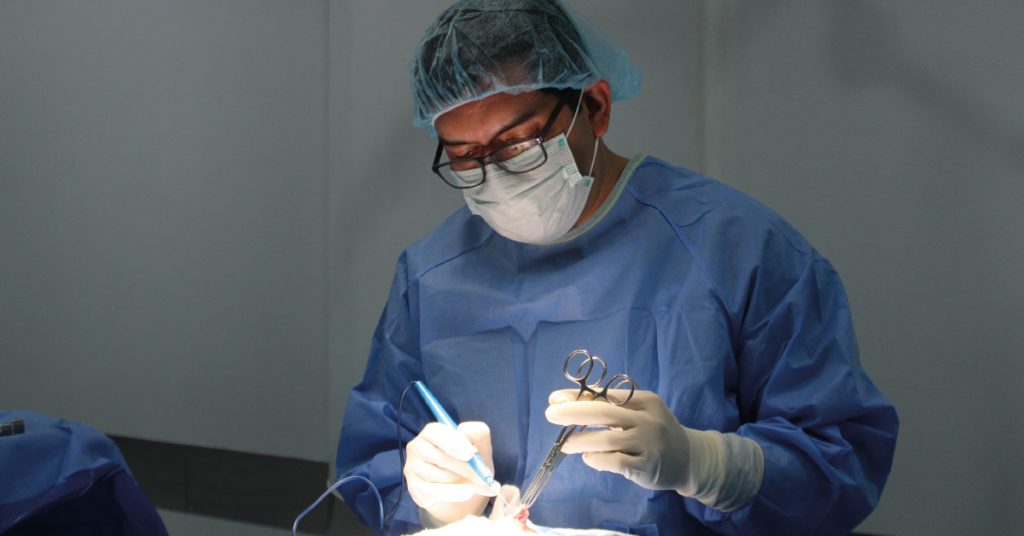There are cases that, due to their complexity and the impact on the patient’s life, remain etched in the memory. One of them is that of a 62-year-old man who came to my office with a complicated diverticular disease. Until then, he had followed a conservative treatment, but something in his body told him that it was time to look for a definitive solution.
What worried him most was not just the abdominal pain, but a symptom that puzzled him: he noticed air bubbles in his urine. This, known as pneumaturia, is a warning sign that indicates a possible abnormal communication between the colon and the bladder. In addition, he suffered from recurrent urinary tract infections. After performing imaging and laboratory studies, we confirmed the diagnosis: a colovesical fistula, that is, an abnormal connection between the sigmoid colon and the bladder, caused by inflammation and progressive damage from diverticular disease.
When I explained the situation and the best treatment option—a left hemicolectomy with videolaparoscopic resection of the colovesical fistula—her reaction was one of relief. She knew she was facing major surgery, but also that it was her best chance to regain her well-being.
Together with my team, we plan every detail to ensure a safe and effective surgery. In the operating room, we make four small incisions in the abdomen to introduce the laparoscopic equipment. This type of approach has significant advantages: less postoperative pain, lower risk of complications and faster recovery.
During the procedure, we carefully separated the affected colon from the bladder, making sure not to compromise its integrity. Then, we resected the part of the colon with the diverticular disease and the fistula, and performed an anastomosis—the reconnection of the healthy colon to the rectum—using a circular stapler. To ensure that everything was in optimal condition, we verified the connection with an intraoperative colonoscopy and performed a cystoscopy to check the bladder. The result was a successful procedure.
What may sometimes seem like a simple surgery in theory, in reality requires precision, patience and a highly coordinated team. However, when we work with passion and commitment, the time in the operating room passes without us even realizing it.
Weeks later, in a follow-up consultation, I saw my patient with a new attitude, without pain, without infections, resuming his life normally. Cases like his reinforce my conviction that a timely diagnosis and timely intervention can restore not only health, but also peace of mind and happiness to those who trust us.


